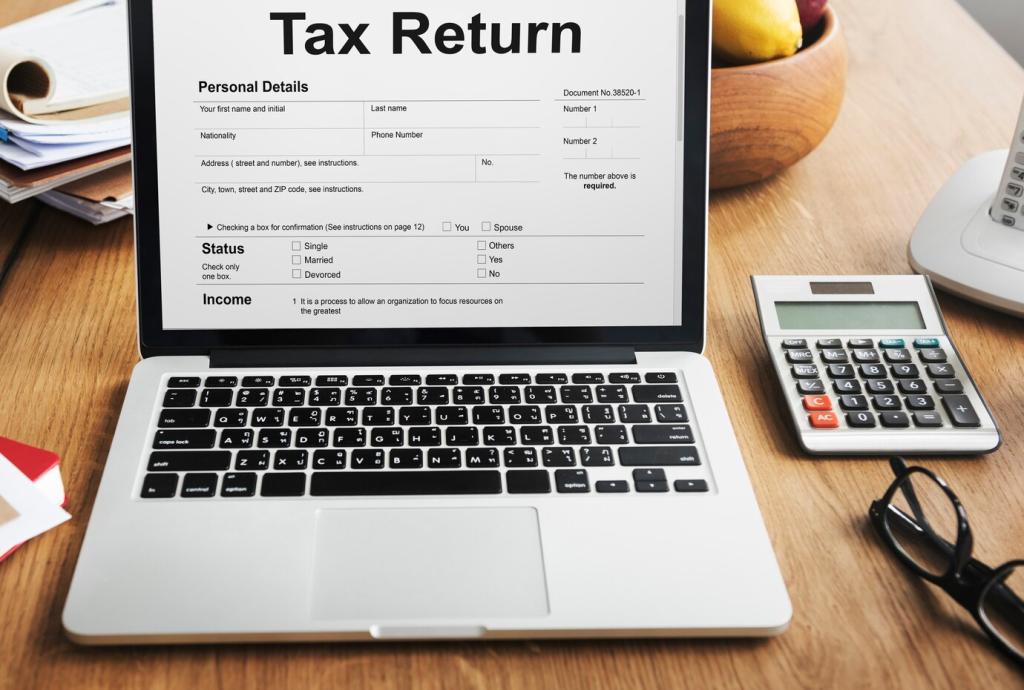Optimizing Tax Compliance for Medium Enterprises
Chosen theme: Optimizing Tax Compliance for Medium Enterprises. Welcome to a practical, story-driven guide for mid-sized companies balancing growth with regulatory certainty. Read on, share your experiences in the comments, and subscribe to shape upcoming deep dives based on your real questions.
Why Optimization Matters for Mid-Sized Businesses Today
Rising Complexity, Fewer Hands
Medium enterprises face enterprise-grade rules with smaller teams. VAT/GST expansions, e-invoicing, and economic nexus blur borders, while staff juggle month-end, payroll, and audits. Tell us: where does your team feel the squeeze most—data, deadlines, or documentation?
Cash, Penalties, and Reputation
Late filings tie up cash, trigger fines, and erode lender trust. Clean, timely compliance strengthens banking relationships, improves vendor terms, and signals operational maturity. Comment with one change that improved your on-time rate—we’ll feature practical examples in future posts.
A Wake-Up Call from a Real CFO
When Maya’s mid-market distributor missed two VAT returns due to spreadsheet version chaos, an audit followed within weeks. They implemented a shared calendar, RACI, and automated reconciliations—cutting cycle time by 38%. What small fix could reduce your risk this quarter?
Designing a Scalable Compliance Framework
Translate tax policy into one-page playbooks with examples: who codes freight, how to handle cross-border drop shipments, when to seek tax review. Link policies inside your ERP workflow. Share your toughest policy to enforce—let’s troubleshoot it together.


Designing a Scalable Compliance Framework
Centralize due dates, lead times, owners, backups, and dependencies. Include buffer days for data clean-up and stakeholder review. Automate reminders. If one date slips, trigger escalations. Want our editable calendar template? Subscribe and we’ll send a customizable version.

Integrate, Don’t Re-Key
Connect your ERP, billing, and procurement systems to tax engines or rules. Standardize tax codes, ship-from/to logic, and product taxability attributes. Share your stack in the comments, and we’ll highlight integration quick wins for similar setups.

Automate Returns and Reconciliations
Use RPA or built-in modules to generate returns, populate portals, and reconcile liabilities to GL. A manufacturer we advised saved 40 hours monthly by automating three reconciliations. Want a checklist of automations by complexity? Subscribe for the download.

Evidence, Audit Trails, and Retention
Centralize exemption certificates, invoices, rate logic, and approval logs. Enable time-stamped changes and reviewer notes. Establish retention periods per jurisdiction. What evidence requests do authorities ask you most often? Share them so we can build a ready-made pack.
Data Governance for Tax Accuracy
Create governed master data for customers, items, and tax regions. Lock tax-relevant fields behind review gates. Document change approvals. If you’ve wrestled conflicting item codes, comment below—we’ll share a mapping template to align systems.
Navigating Indirect Taxes and Cross-Border Rules
Monitor sales thresholds, warehousing, drop shipments, and digital supplies that trigger registrations. Document reasoning for each jurisdiction. If you expanded to a new market recently, share your top surprise—we’ll compile a crowd-sourced checklist.
Audit Readiness and Continuous Risk Management
Run annual dry runs: sample invoices, tax logic, exemption certificates, and reconciliations. Time your responses. Capture gaps and fixes. Want our mock-audit script with roles and timings? Subscribe and we’ll share the facilitator guide.
Audit Readiness and Continuous Risk Management
Score risks by likelihood, impact, and control strength. Test high-risk controls quarterly. Track actions to closure. If you use spreadsheets today, comment “heatmap” and we’ll send a color-coded template with example metrics.

